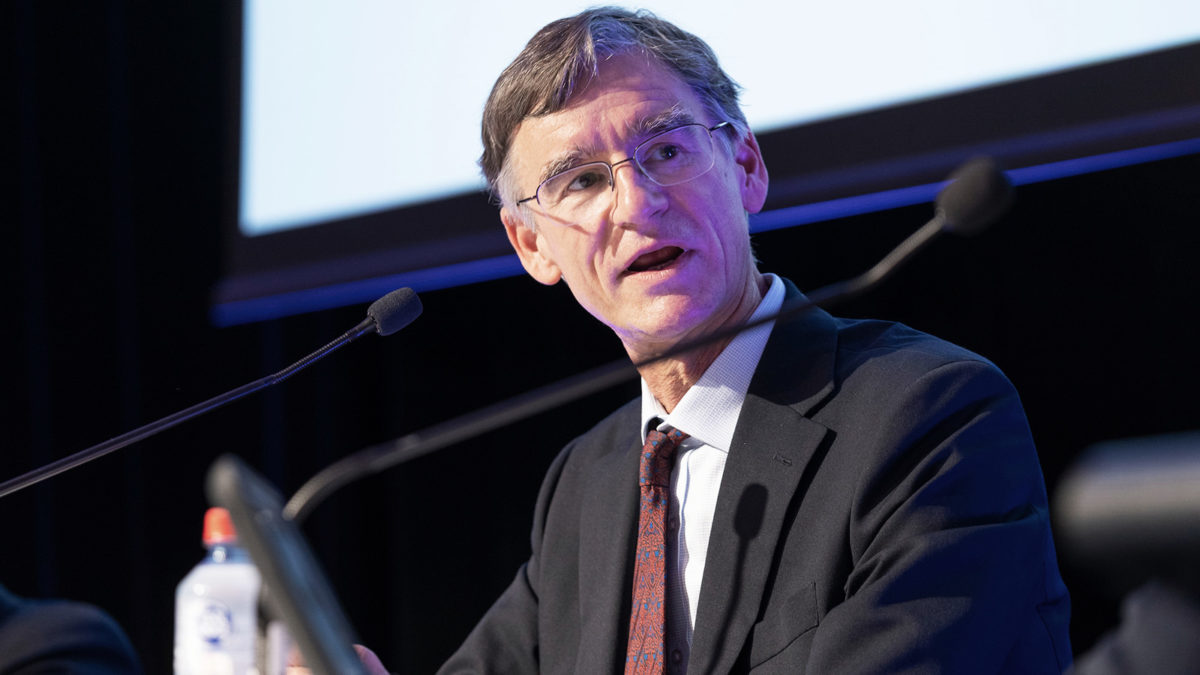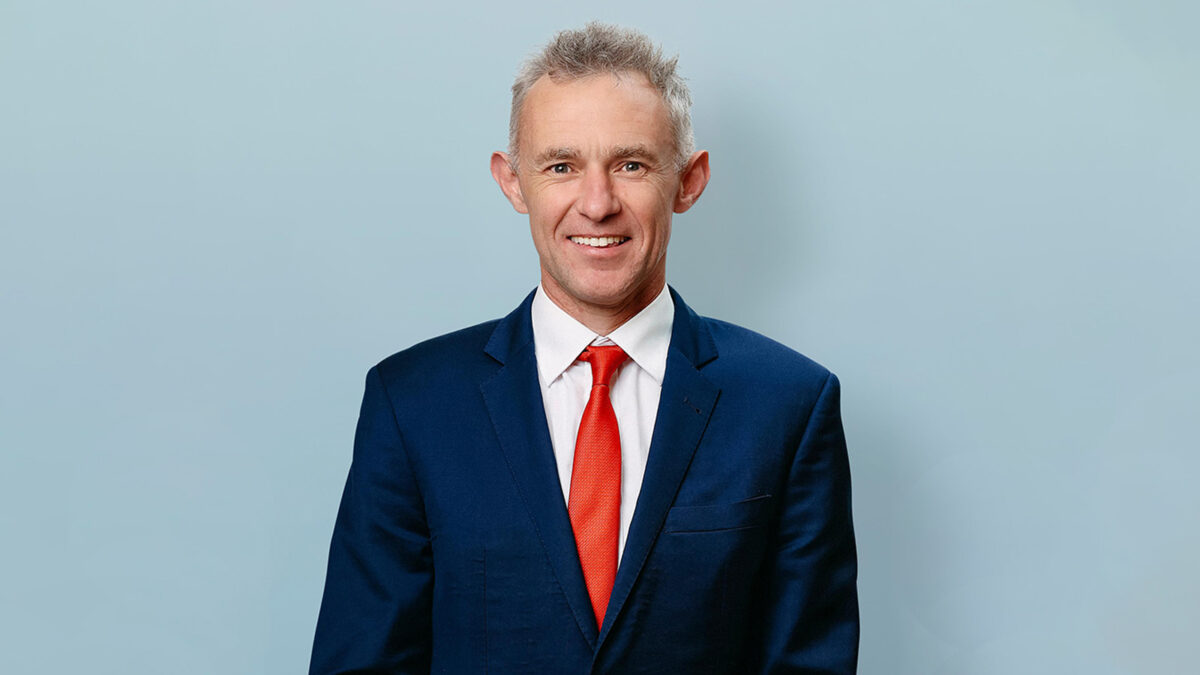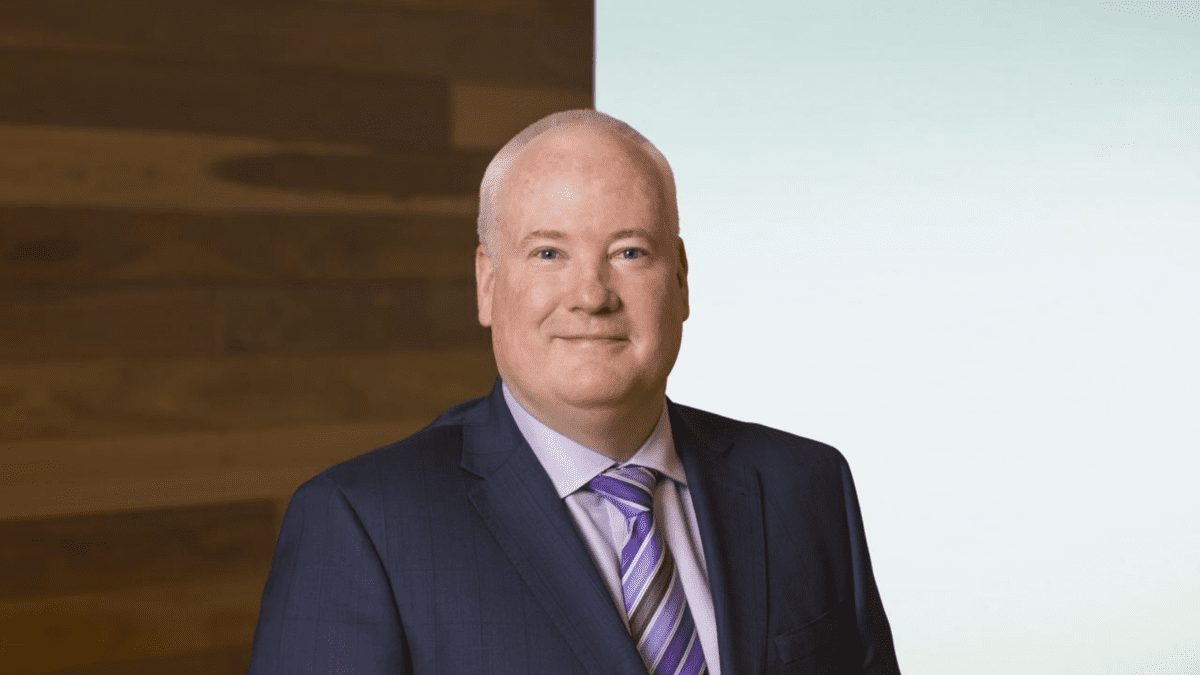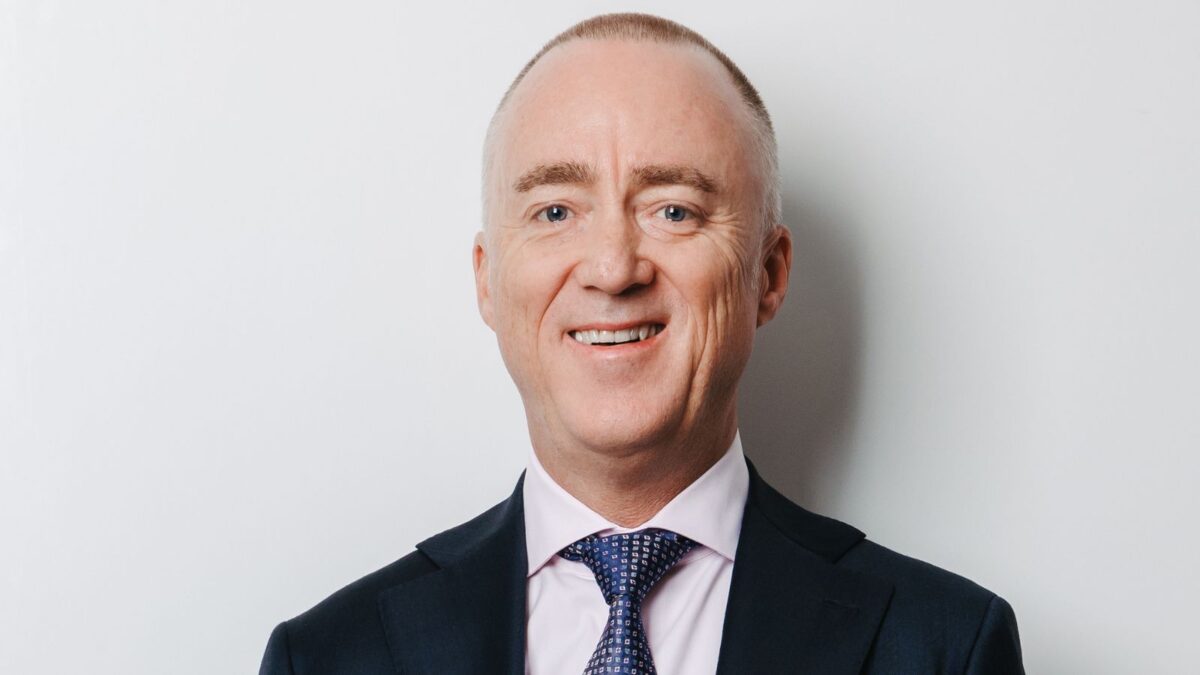Why ART won’t get on the internalisation ‘roundabout’
Australian Retirement Trust (ART) might be the country’s second largest super fund – and growing larger every day, with an aspiration is to be a $500 billion fund by 2030 – – but don’t call it a megafund, head of investment strategy Andrew Fisher tells ISN.
“I think it’s a stratification of funds that suggests there’s some substantial difference between the $250 billion fund and the $100 billion fund,” Fisher says. “I don’t think there was a huge differential in the way even QSuper and Sunsuper were investing versus the way ART invests today. There are advantages in scale, but there’s no reason that $100 billion fund can’t be very successful globally.”
While the way ART invests today might not be very different to how QSuper and Sunsuper were doing it, it is different to the approach other large funds have taken, mainly by eschewing mass internalisation. How much of its $260 billion FUM is now managed in-house is “open to interpretation”; any figure between five and 35 per cent could be accurate. In listed shares ART might design an index but tap an external party to implement it, while different funds have different definitions of what constitutes internal management in private markets.
“In real assets we like to have control over the investment decision but not necessarily managing the building – we don’t want to be changing lightbulbs and hiring people to clean floors,” Fisher says. “But if you’re AMP Capital you are actually managing the building.”
The area where ART is “most clearly internal” (the definitive five per cent figure) is cash, liquidity management and “vanilla” derivative implementation like futures and FX forwards. Sunsuper had all of its capital markets trading outsourced, while QSuper kept it in-house, and that’s been one of the bigger integration projects – the internal capability has effectively doubled. But the fund has a well-documented bent against further internalisation, informed by engagement with its global peers.
“We’ve always pondered and felt there was a bit of risk with internal management that compromises that position of relative purity (of investing for members),” Fisher says. “If you have an internal team then do you wind up prioritising them over an external team?”
“You look around the world and you see that there’s a cycle around internalisation. You can look to funds in Canada or the Netherlands, which are more developed in terms of their investment capability, and you tend to see a 20-30 year cycle of internalisation and externalisation. We’re not convinced we want to go on that roundabout.”
“If you look at other large funds that externalise, you reach a point where there’s a business risk around having that one relationship as well. We’re not thinking about expanding to have multiple passive managers, but that’s one thing we could do to mitigate that going forward.”
Andrew Fisher, head of investment strategy at Australian Retirement Art
Where it typically unravels is an internal team that wants to strike out on their own or which is spun off, becoming more a manager for the market than for the fund. It’s not inevitable, Fisher says, but it is a pattern. In external managers the fund looks for organisations that can grow with it and have the same investment horizon, and it has a number of “really key partners” with those characteristics.
“If I was going to point to one, Macquarie Asset Management in the infrastructure space has been one of the more successful partnerships from our point of view – a really good manager that’s been really respectful of the partnership and we’ve been really respectful of it as well; it’s hard to explain, but building that relationship and getting it right, there’s a real payoff. Trust is really hard to build and really easy to break, but once you get it right you see the benefits.”
None of which is to say that heavily outsourced models don’t bear risks for a very large fund like ART. A lot of fundies fret being fired by a super fund taking management in-house, but super funds should worry that they’ll get fired too – as was the case when Vanguard ceased to provide investment services to super funds as it plotted the launch of its own product.
“You don’t want that experience,” Fisher says. “You don’t begrudge them that, but if you want to partner for a long period of time you want to get the right partner. It wasn’t a particularly impactful process, and they gave us a fair amount of time. In our case they were all IMAs and we basically put State Street in charge of them in a one day transition. They were Sunsuper and QSuper’s previous passive manager and we were going through the merger concurrently, so it was a reasonably smooth process.”
Still, it gives big funds plenty to think about as they continue their march towards even more massive size.
“If you look at other large funds that externalise, you reach a point where there’s a business risk around having that one relationship as well. We’re not thinking about expanding to have multiple passive managers, but that’s one thing we could do to mitigate that going forward.”
And while most of the world’s very large pension funds have what could be described as a significant overweight to private markets, accepting illiquidity as the compromise of having a place to stash their ever-growing member monies, Fisher doesn’t see ART increasing its own allocation to them. That doesn’t mean it won’t become less liquid on a practical basis.
“But if you think practically, the bigger the fund gets there is a finite limit to how much liquidity can be raised in a day. There’s only so many bank bills you can sell in a day – even cash for us would potentially be less liquid than it might be for others. I don’t want to be alarmist, talking about that – but at the margins, your ability to access liquidity as a proportion of your fund is diminished.”
That’s not so much a problem for member switching, even during periods of volatility where it might be heightened. An exogenous liquidity event – like early release of super – is more problematic.
“We have a lot of business planning and run liquidity fire drills at least once a year to ensure we’re match fit for a scenario where stress hits. You want to be prepared and in the mindset of knowing what to do, because it’s very easy to forget how hard that period during Covid was and what life was like when we had to manage a liquidity crisis – but I don’t think there’s a hugely elevated risk.”










